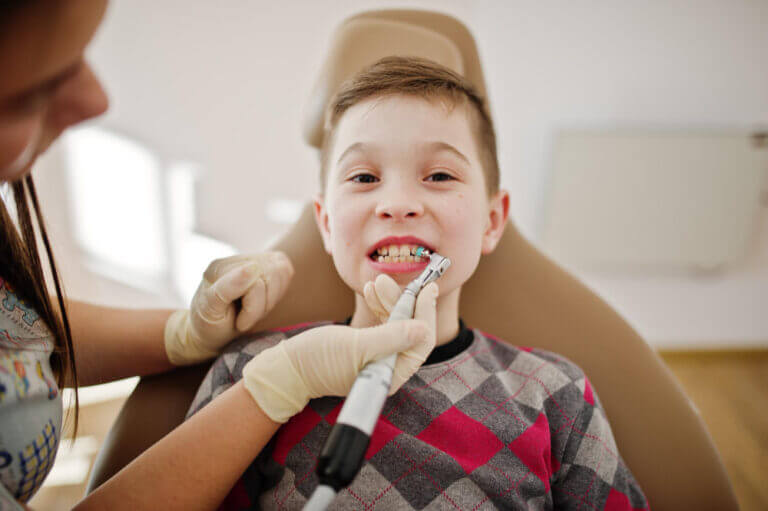Pediatric hearing and vision tests
Pediatric hearing and vision tests are important components of a child’s overall health monitoring. These tests are designed to detect any hearing or vision problems early, which is crucial because issues in these areas can significantly impact a child’s development and learning abilities. Here’s an overview of each:
Pediatric Hearing Tests
- Newborn Hearing Screening: Most hospitals perform a hearing test on newborns. This is crucial as early detection of hearing loss can significantly improve the child’s communication and language skills.
- Otoacoustic Emissions (OAEs) Test: This test checks for echoes produced by the ear in response to sound. A small probe is placed into the baby’s ear, and if the ear does not produce an echo when sound is emitted, it could indicate a hearing problem.
- Auditory Brainstem Response (ABR) Test: This test measures the brain’s activity in response to sound. It is used for infants or children who cannot participate in conventional hearing tests. It involves placing electrodes on the child’s head to measure brain wave activity as they hear sounds.
- Behavioral Audiometry: For older children, audiologists may use a variety of behavioral audiometry tests. These tests require the child to respond to sounds through head-turning or playing a game.
- Pure Tone Audiometry: Used for school-aged children, this test involves wearing headphones and responding to different tones.
- Speech Audiometry: This assesses the child’s ability to hear and understand speech, which is vital for language development.
Pediatric Vision Tests
- Newborn Vision Screening: Initial vision screening is usually done at birth as part of the newborn physical examination.
- Red Reflex Test: This test checks for abnormalities in the eye, such as cataracts. It involves using a tool to shine a light in the eye, looking for a red reflection from the retina.
- Cover Test: This is a simple test where one eye is covered at a time while the child focuses on an object. It can detect conditions like strabismus (crossed eyes).
- Visual Acuity Test: This test, often conducted using a Snellen chart, assesses how well the child can see at different distances. It’s the familiar test where the child reads letters from a chart.
- Ophthalmoscopy and Slit-Lamp Examination: These are detailed examinations of the internal and external structures of the eye.
- Peripheral Vision Test: This test assesses the child’s field of vision.
- Color Vision Testing: To detect color blindness, children might be asked to identify numbers or shapes within a color pattern.

Regular pediatric hearing and vision tests are important for early identification and treatment of potential problems. Early intervention can significantly improve outcomes, particularly in areas of speech and language development for hearing and learning and cognitive development for vision.
------------From our Sponsors------------









